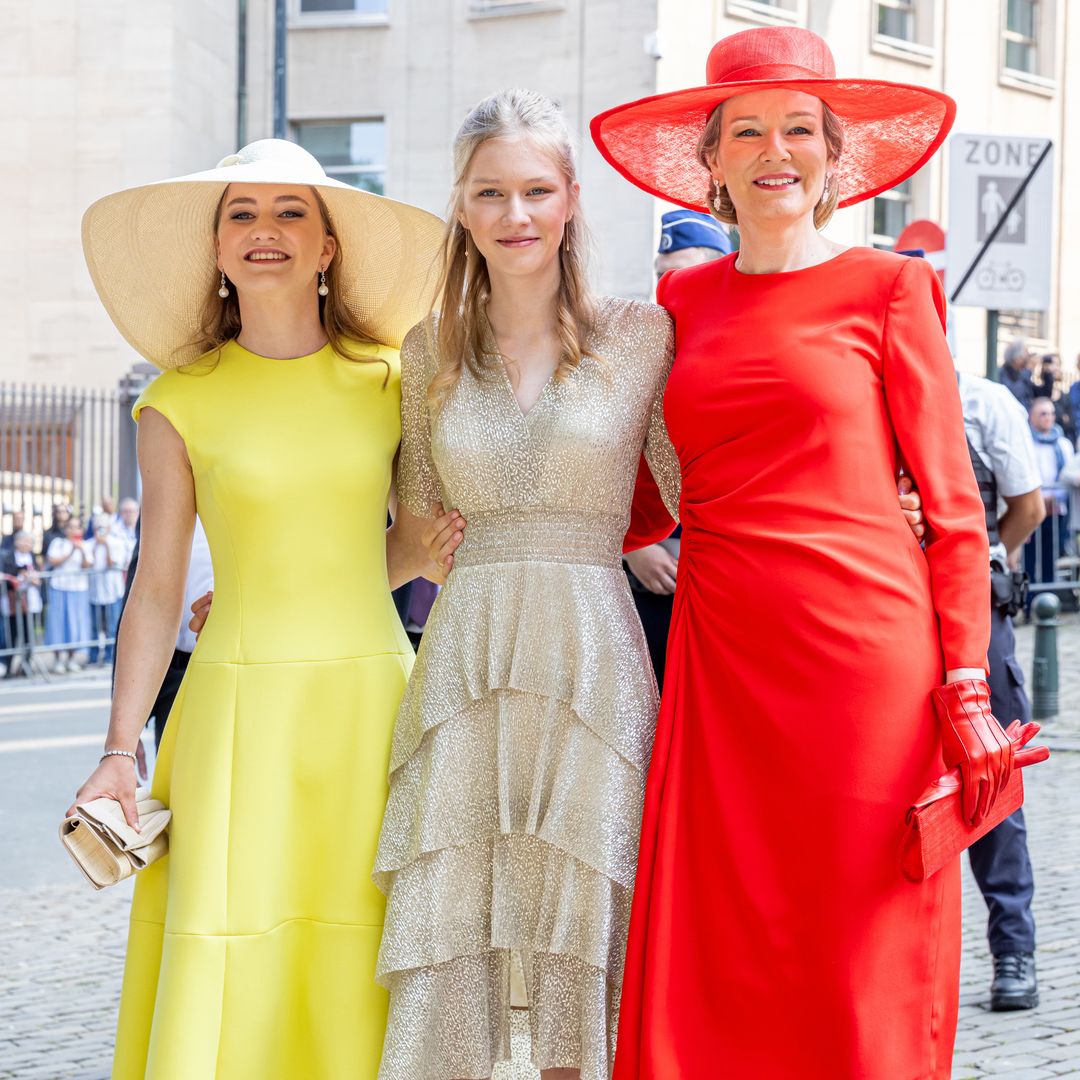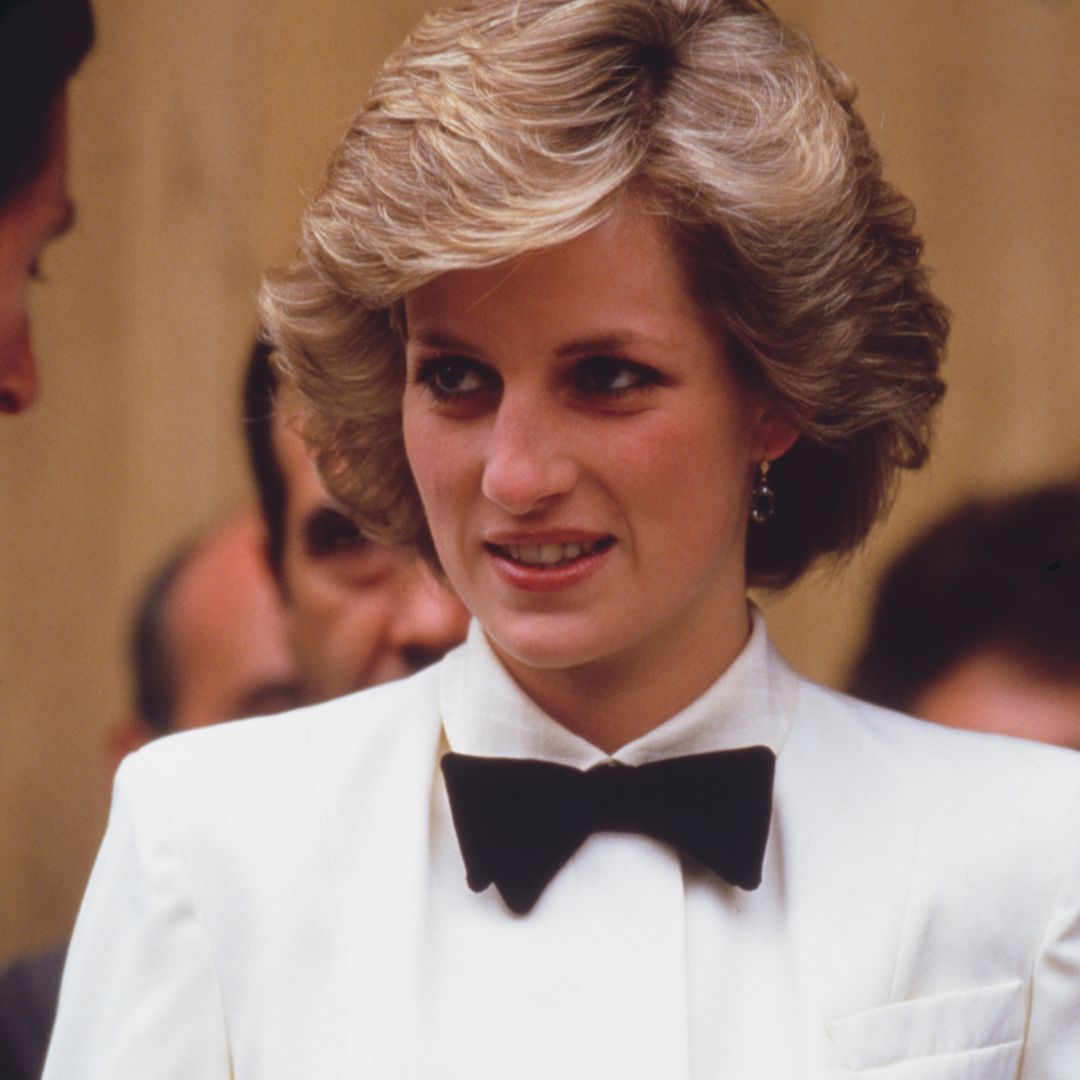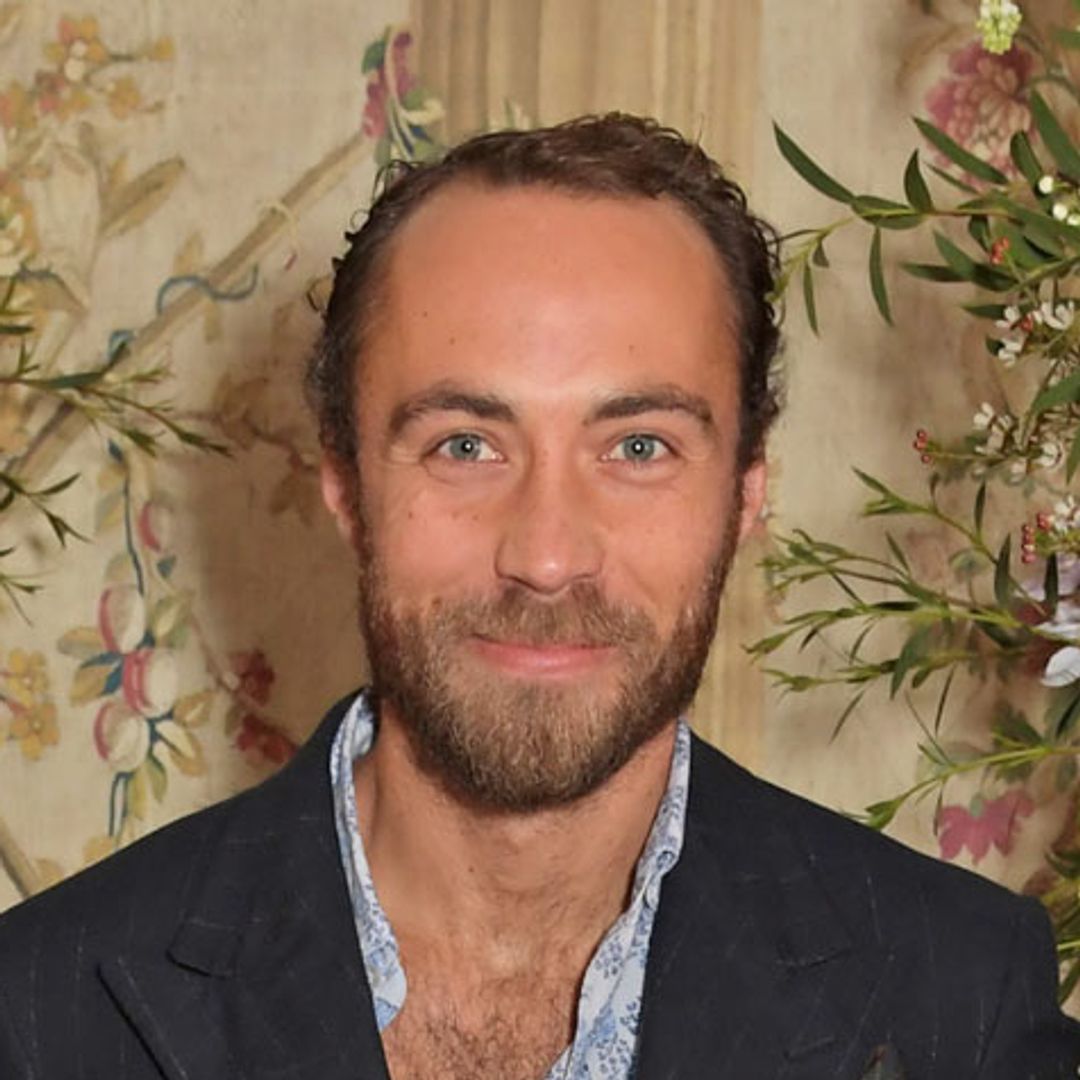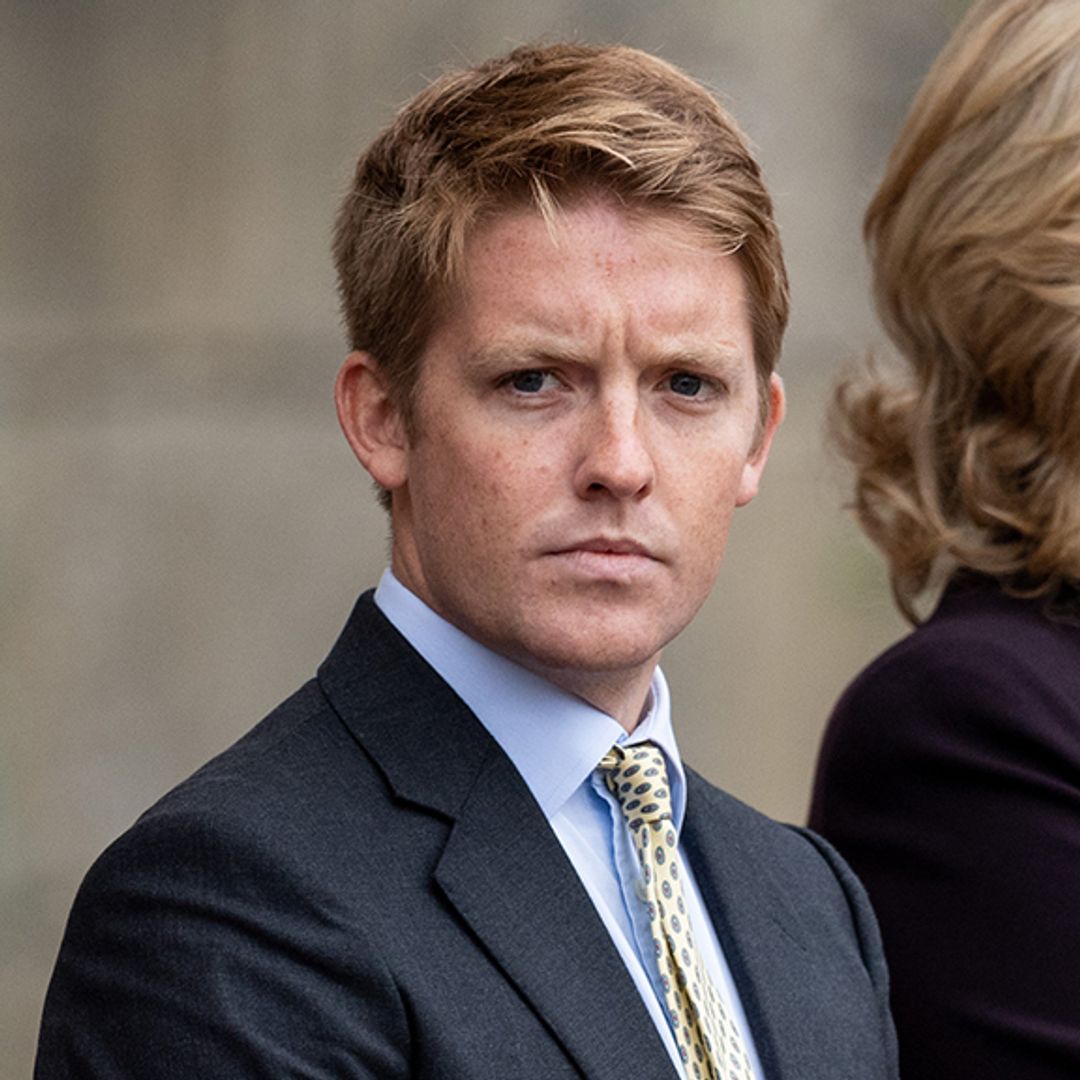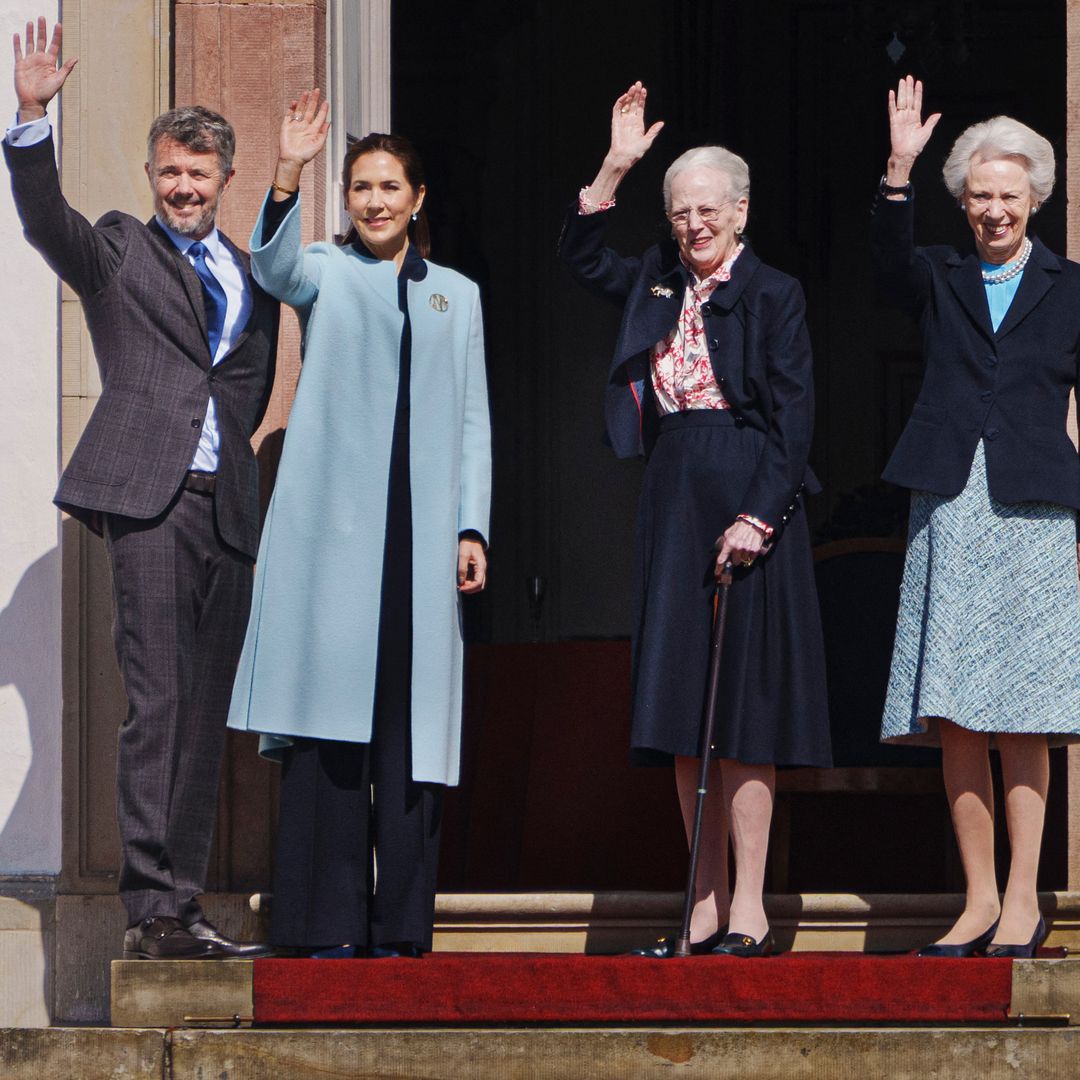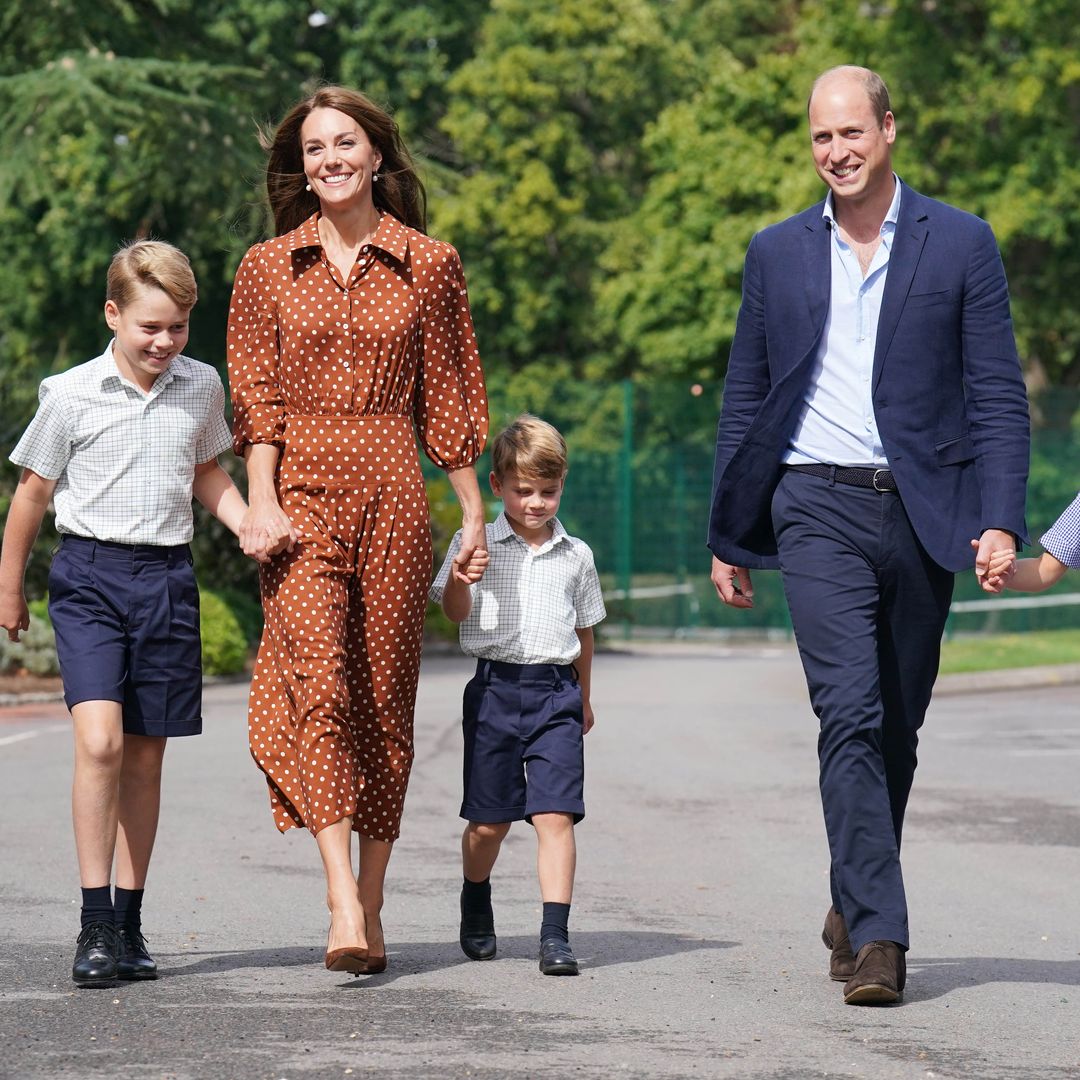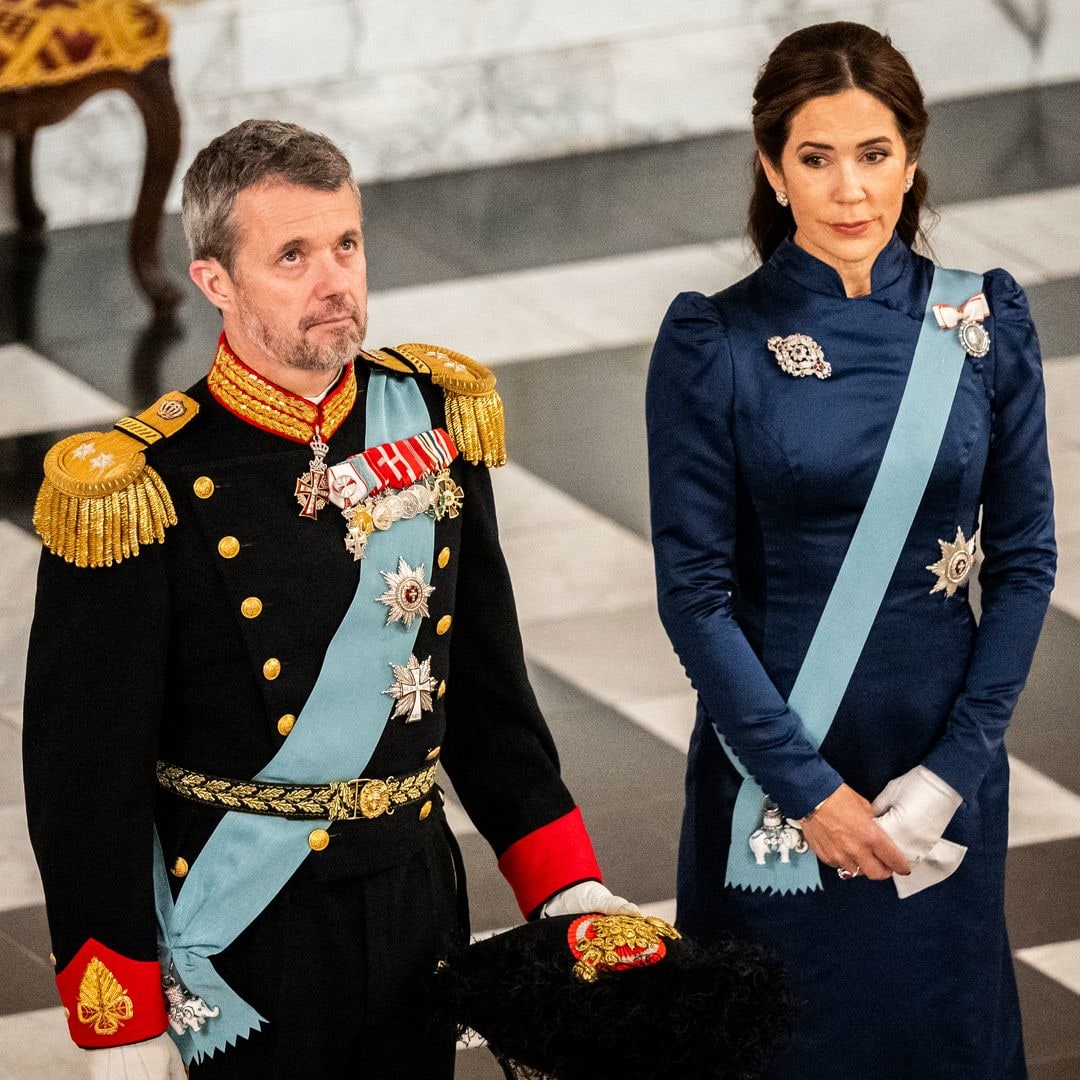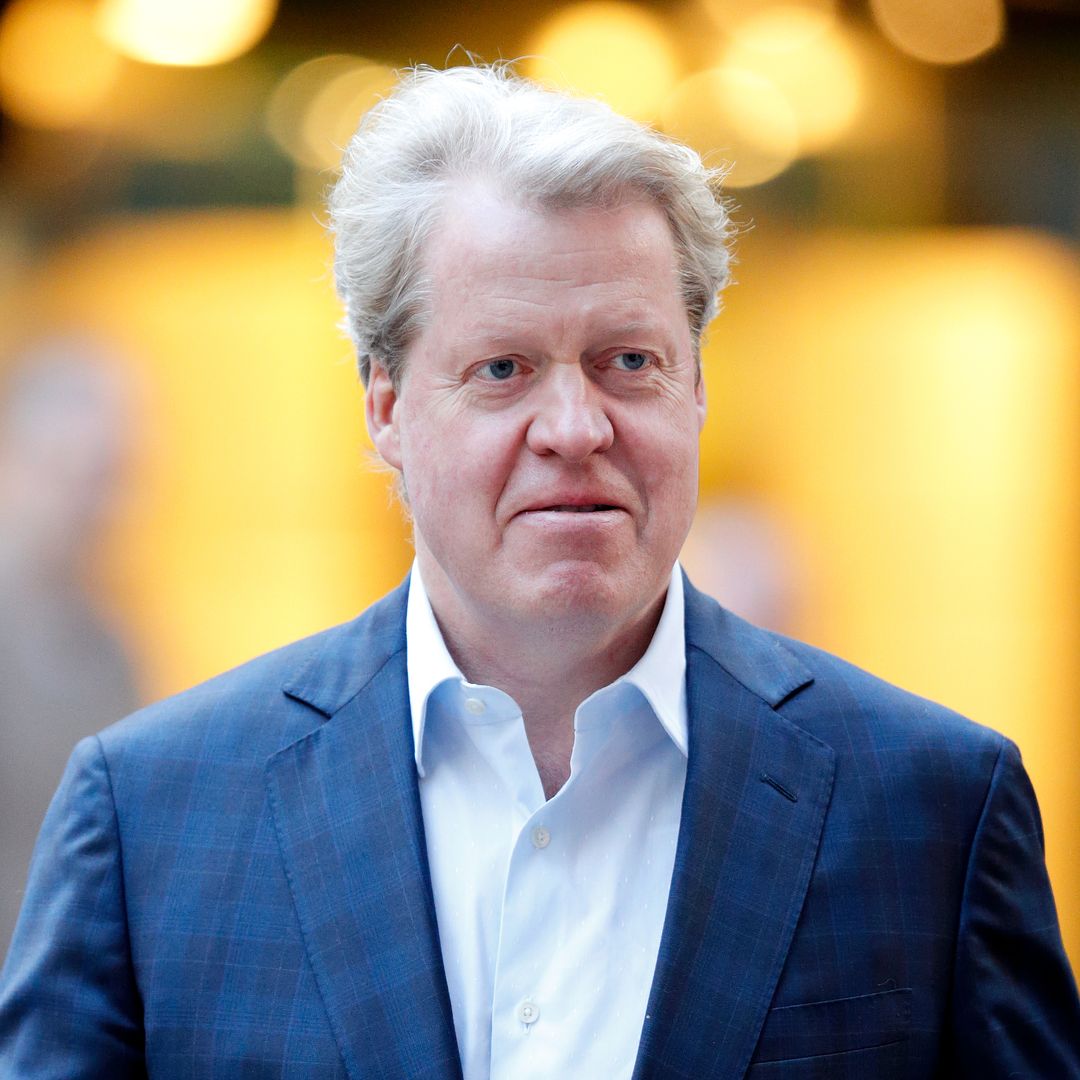One of many Crown properties located within the Royal Hashemite Court compound, Raghadan Palace lies on a hill in the old quarter of Amman, Jordan's capital city. Built at a cost of �1,600 in 1926, it was named after the Arabic verb raghad or "comfortable life" and constructed using stone from the southern Jordanian town of Ma'an.
Once the home of King Abdullah I, the palace is built in Islamic style, featuring numerous stained glass windows, and an interior filled with exquisite woodwork.
Although the current King Abdullah and his wife Queen Rania do not reside in the palace, preferring to live in a family home in the suburbs of Amman, Raghadan continues to play a central role in public life. It is a primary venue for major ceremonies and meetings between the king and visiting royalty and statesmen. And when King Hussein I died in 1999, it was to the Raghadan that dignitaries from all over the world came to pay their last respects.
Over the years the palace has undergone extensive renovations, including the restoration of the Islamic frescoes on the ceiling of the Throne Hall following a fire in 1983. The building retains its original architectural features, however, including the stained glass windows which echo those in the Al-Aqsa Mosque in Jerusalem, and a special galleried area originally used by King Abdullah I for prayers.
The palace is surrounded by several other buildings, including the Basman Palace - used as the private living quarters of King Hussein in the early Fifties and now housing the offices of the current king - and the Al-Qasr Al-Sagheer, birthplace of King Hussein I, and location of the offices of Queen Rania.
The official royal website can be found at www.kingabdullah.jo

